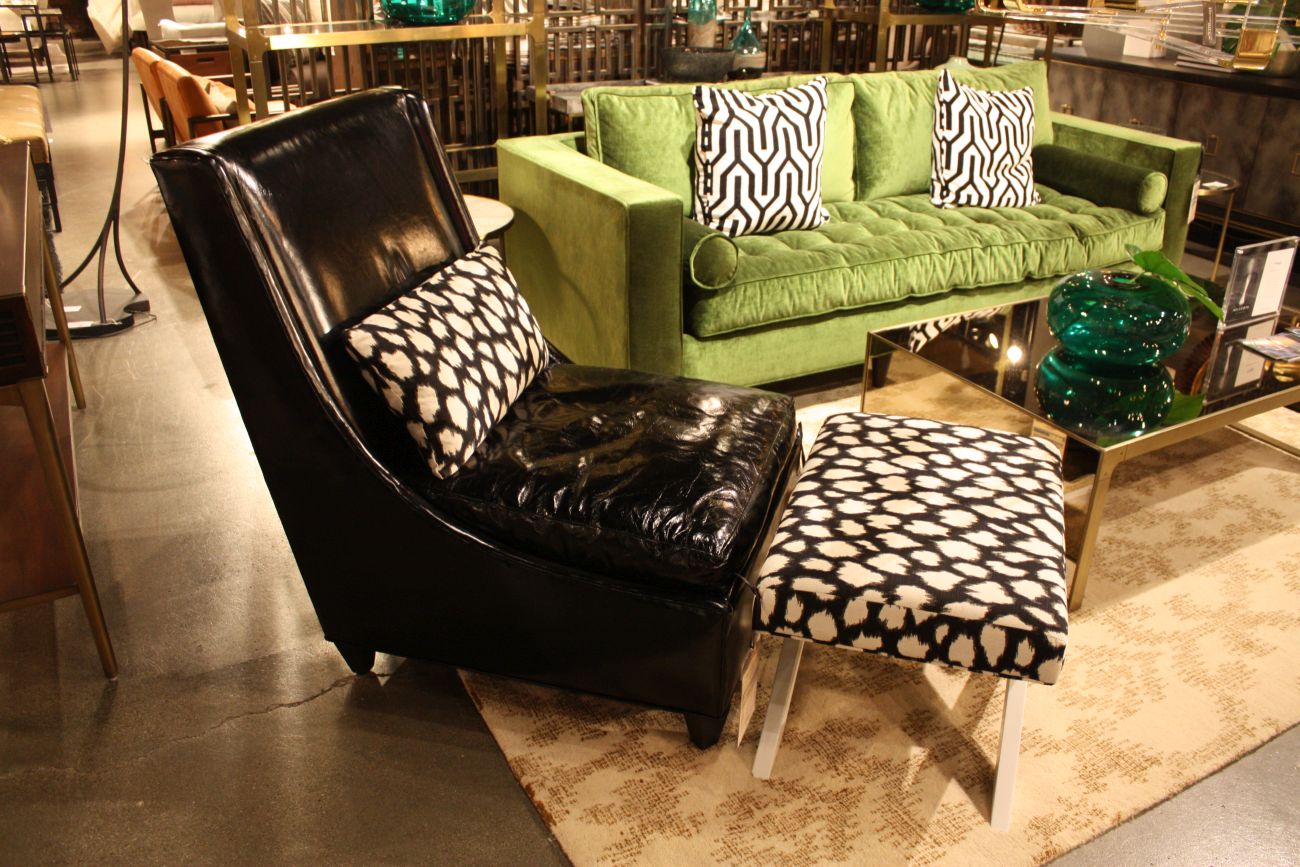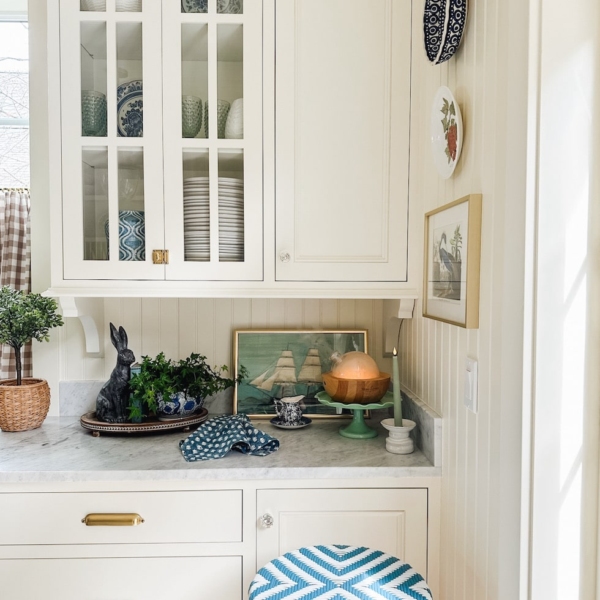| Published on
Information moves so quickly today, and nothing is immune to this accelerated pace. This is true in fashion of all kinds, but it is nowhere more true than in interior design. In the ever-evolving world of interior design, certain styles that once captured attention because of their innovative look have begun to feel dated surprisingly quickly, partly because of overexposure and also because they are not inherently classic or practical.

As trends spread through social media and everyone begins to replicate the look of avant-garde interior design, what was once innovative becomes commonplace, losing its novelty. Interior designers, who are constantly looking for uniqueness, find themselves pushing the boundaries of style in order to distinguish their work from an oversaturated market.
This never-ending quest drives the ever accelerating cycle of adaptation and reinvention. The challenge for the rest of us lies in balancing the allure of the new with designs that transcend fads but bring us joy.

Interior Design Trends That Feel Outdated
Trends shift all the time, some more rapidly than others. These new trends that are rapidly going out of style demonstrate how pointless it can be to follow trends in the first place. Rather than focusing on the newest interior design trends, a sustainable approach is to base your design objectives on looks that represent your own tastes and sense of style. The best and most durable interior trends are those that are both functional and easy to integrate with other styles.
All Neutral Interiors

Neutral interior designs have been popular for many years. Warm neutrals like beige and off-white have replaced crisp white as the preferred neutral color. But the truth is that decorating with only neutrals, even warm ones, is a difficult look to pull off. It turns out that all neutral interiors, unless they are very carefully curated and styled, tend to look boring and lacking in depth.
The current and seemingly enduring trend is to use color to add personality, texture, and visual interest. This gives people more freedom and latitude to create unique and dynamic interiors that do not try to replicate the minimalist color palette of other people’s designs.
Chartruese

Chartruese, a vibrant yellow-green color, has made its way into interior design in recent years. This color has been used primarily as an accent color to add a bright and unexpected pop of color to an interior design. While chartreuse adds a lively touch to many spaces, its brightness can quickly overwhelm them. It is also difficult to pair with other colors.
Earthier greens and yellows, such as olive and ochre, are similar but have more staying power. These colors are more appropriate for use in everyday room designs and are easier to combine with an overall color scheme while still adding a fun pop of color.
Geometric Molding

Molding and millwork of all kinds have returned in a big way as a way to create texture and depth on walls and ceilings. Geometric molding, with its clean lines and repeating patterns, is a modern version of this historic feature. Initially, it provided a sophisticated modern update to traditional interior walls.
The majority of geometric molding does not follow traditional molding and millwork patterns, but rather employs unique arrangements of shapes and patterns to create a distinct wall texture. Also, unlike classic or traditional millwork and molding designs, the geometric molding is only on one accent wall, is not integrated into the rest of the room design, and does not reflect any architectural features of the room. This means that the geometric wall designs lack an organic and natural foundation and, thus, long-term staying power.
Combining Too Many Patterns

The maximalist look of combining multiple patterns in a single room can create a visually rich and eclectic design. This is a difficult style to replicate well and does not give the eye anywhere to rest. In less than expert hands, this design approach can feel chaotic, overwhelming, and lacking in cohesion. As the market becomes oversaturated with this busy aesthetic, there is a growing preference for a more balanced approach.
If you want to mix patterns in the same room, select patterns with similar characteristics, such as color palette, and then vary the scale or type. One approach is to combine large and small scaled patterns, while another is to mix patterns such as stripes and florals.
Brown as a Statement Color

Brown is having a moment in interior design, offering a soothing, grounding color statement. Painting a room in brown can be a lovely way to create a rich, earthy, and comforting atmosphere. Yet, finding the right shade of brown can be difficult. Heavy use of certain brown colors will just make your space feel dark and dated.
Opt for warm shades of brown that lean toward pink and purple rather than yellow and green if you still want to try a brown room. These will give you the cozy, enveloping look of brown without the unattractive undertones that will age the color faster.
Blob Furniture

Unstructured furniture with rounded, blob-like shapes added a sense of playfulness and innovation to interior design, deviating from traditional angular design. While these pieces piqued the public’s interest due to their unusual shapes, their overly amorphous design can feel gimmicky and ineffective. These pieces also lack practical functionality; they are uncomfortable for prolonged sitting and can be difficult to decorate around.
Many people still prefer the organic appearance of less structured furniture. Today, there are options that combine an organic and flowing but structured design to provide greater comfort and long-lasting style. Curved sofas, rounded chairs, and asymmetrically shaped mirrors all have a less rectangular form but still provide a more recognizable shape.
Colored LED Lighting

The use of colored LED lighting to create mood and atmosphere has become a popular trend in today’s interior design because of the dramatic effect you can create. However, the novelty of light colors such as blue, purple, and pink in interior spaces will quickly fade because they are jarring and unnatural in everyday settings. These colors are also difficult to combine with the interior lighting in the rest of the house.
Black Stainless Steel

Stainless steel has long been the standard for kitchen appliances, but as professional designers sought to innovate, black stainless steel was used as an alternative. This option was marketed as a sleek and contemporary alternative to traditional stainless steel. Many people seeking an updated look have embraced this trend, but due to cost and durability concerns, it is unlikely to last as long as traditional alternatives.
Black stainless steel appliances are more expensive than traditional stainless steel and frequently have scratches that are difficult to repair. The black colored appliances can also be difficult to match, unless you buy them from the same manufacturer.
Flat Panel, Painted Cabinets

Flat cabinet doors, rather than textured ones, are extremely popular in modern kitchen designs. However, the stark simplicity of flat cabinet doors painted in a single color can feel overly utilitarian and lacking in depth, especially as this style becomes more popular.
The use of paneling and decorative wood grains to add texture to cabinet doors is becoming increasingly popular. Flat cabinet doors made of unique wood types have a visible grain that adds dimension, even in the flat door style. Simple paneling additions to the cabinets also provide texture for painted cabinets.
Terrazzo

Terrazzo, originally known for its whimsical and playful speckled pattern, has resurfaced as a popular choice for flooring, countertops, and decorative elements. Its vibrant combination of marbles, quartz, granite, and glass chips embedded in cement provided a fresh and modern look to interiors. Yet, as terrazzo became more widely used in interiors and home accessories, the novelty quickly faded.
The once-unique and eye-catching material now appears to be overdone. The overt nature of this material dictates the look of the entire space rather than blending well with other styles.
Matte Black Fixtures

Matte black fixtures, once synonymous with modern, sleek interior design, quickly became popular due to their clean and simple appearance. Matte black faucets, light fixtures, and cabinet hardware became popular choices for contemporary interiors.
While these pieces still have a stylish appeal, they are often not practical. Many of the fixtures are made of low quality materials and show signs of wear quickly. It has also become a widely-adopted look, so designers will be looking for something to replace it.
Statement Ceilings

Designers, always looking for new ways to innovate, have recently begun to incorporate the ceiling into their designs. Decorative ceilings are traditional, but decorators are approaching this option with a modern perspective. Painting, wallpapering, and adding texture to ceilings are now popular ways to improve the design of a room while also adding drama and interest.
Statement ceilings are an excellent addition to the overall design of a room in some cases, but their boldness can feel overwhelming and constraining. This has resulted in a more modified approach that incorporates color or texture into the ceiling in a more subtle manner, allowing for greater design flexibility in the future.


